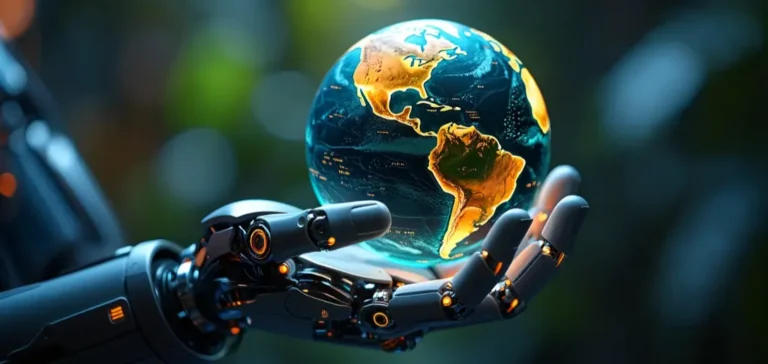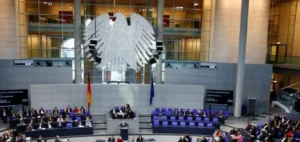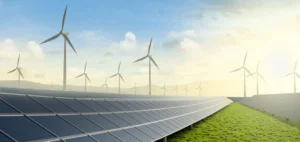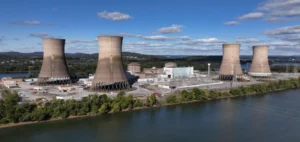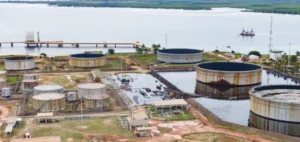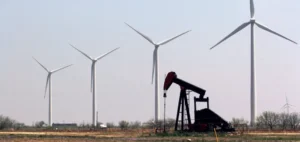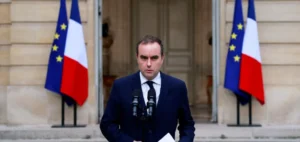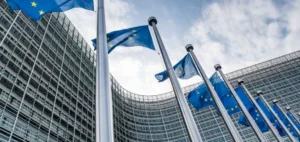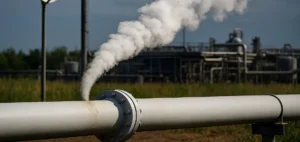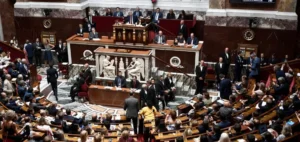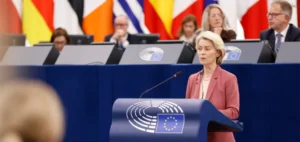The rapid acceleration of global electricity consumption, driven by the exponential growth of artificial intelligence (AI) and persistent geopolitical tensions, is pushing the 2050 net-zero target out of reach. The Energy Transition Outlook 2025-2026 report, published by consulting firm Wood Mackenzie, now forecasts a 2.6°C warming scenario, marked by peak emissions in 2028 and a slowing annual reduction rate.
To keep global warming below the 2°C threshold, the energy sector will need to mobilise $4.3tn in annual investments through 2060. This would require an increase in capital allocation from 2.5% to 3.35% of global gross domestic product, according to the firm’s modelling. The rise is essential to meet growing demand without further aggravating greenhouse gas emissions.
China intensifies investments amid G7 inaction
No G7 member is on track to meet its 2030 climate targets, according to the scenarios explored by Wood Mackenzie. China, by contrast, now occupies a central role in the global energy transition, with large-scale investments in renewables, electric vehicles, and strategic supply chains.
China will need to raise its annual investments from $913bn to $1.177tn to stay on a net-zero trajectory. Europe, despite strong climate ambitions, must increase its spending from $455bn to $619bn. The United States, facing ageing infrastructure and a persistent reliance on fossil fuels, will need to nearly double its investments from $388bn to $682bn—a 76% increase.
Critical minerals become a major geopolitical issue
The energy transition heavily depends on access to strategic materials such as lithium, nickel, copper, and rare earth elements. China currently dominates the refining of many of these resources, creating a new dependency for importing economies. An electric vehicle requires around 450 kg of critical minerals, compared to just 78 kg for a combustion engine vehicle.
This concentration of refining capacity gives resource holders greater bargaining power. Governments are securing long-term supply deals, diversifying sources, and strengthening strategic reserves. The report identifies critical minerals as the new strategic battleground in the global energy transition.
Structural grid limitations slow renewable integration
In net-zero scenarios, electricity accounts for more than 50% of final energy consumption by 2050. Variable renewables such as solar and wind could reach 60% of global power generation, with a technical ceiling of 68% due to storage and grid stability constraints.
Solar generation is expected to double by 2030, overtaking gas in 2033 and coal in 2034. However, fossil fuels remain essential to ensure supply continuity, especially in regions where renewable support infrastructure is still underdeveloped. Gas turbines and coal-fired plants continue to operate in emerging economies.
The AI boom increases pressure on electrical infrastructure
The rapid expansion of AI-driven data centres is pushing electricity consumption to unprecedented levels. By 2025, these facilities will consume 700 TWh—more than electric vehicles—with potential to double by 2030. This demand surge may lead to higher tariffs and undermine 2030 clean power commitments.
The report highlights that the global energy system is becoming increasingly interconnected. Electrification, system flexibility, and interactions between fossil and renewable energy sectors now require a coordinated approach. Investments in shared infrastructure such as transmission lines and storage systems are becoming critical to maintaining global energy stability.


